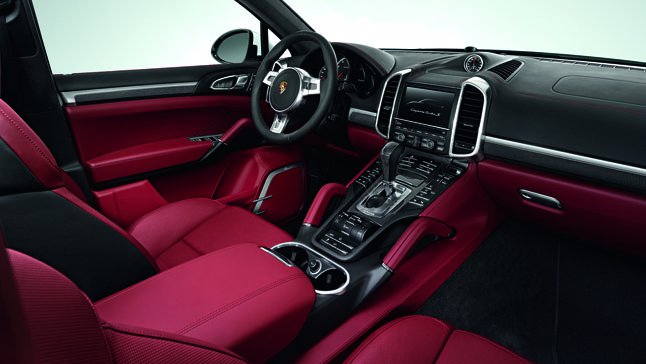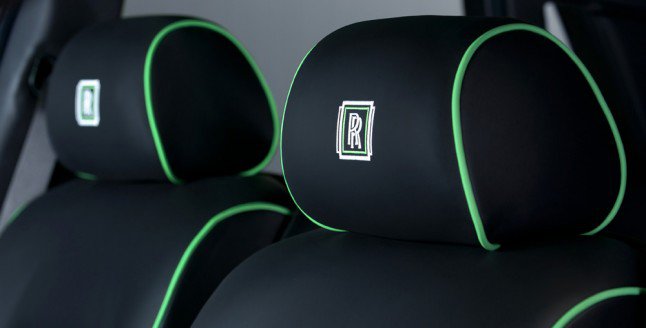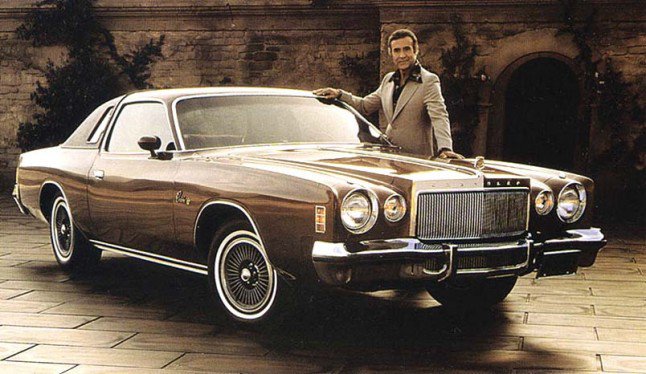From boots to bags and wallets to watch bands, leather is a premium material. In many ways it’s synonymous with luxury. Could you imagine if Prada knitted purses out of yarn or if Rolls-Royce covered its seats with burlap? These ultra-premium products owe much of their appeal to the humble cow.
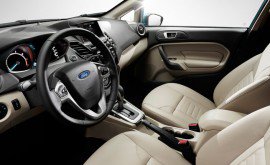
Looking for a competitive advantage automakers love to throw fancy-sounding terms out there to differentiate their leather-lined interiors. Names like Nappa, aniline, semi-aniline and vegetable tanned sound good and look even better in brochures, but are these terms just marketing nonsense or do they actually mean something?
Making the Grade
Shedding some light on this subject, Nicola Ashley, design director at GST-Seton AutoLeather, the world’s largest supplier of this material to car companies said “the word leather brings a considerable amount of value.” She said people recognize it from high-end shoes or designer bags they see in stores. Because of this and other factors it “stimulates a positive emotion.” But not all leather is equal.
SEE ALSO: Why are Diesels More Efficient than Gasoline Engines?
“Where you source your animal from will determine your finishing,” Ashley said. “Each leather hide is unique in itself;” they’re just like human fingerprints. Every one of them will have different markings or defects. Interestingly bulls tend to have fewer wrinkles than cows since they don’t get pregnant.
Aside from these markings the animals are subject to insect bites and other trauma that can harm their skin and degrade the leather they yield. Elaborating on this she said certain ranchers don’t use barbed wire, which minimizes the scars and natural markings. This of course can result in a finer finished product.
Top-quality leather can come from all over the world. “North American hides are typically very good,” Ashley said. “German bulls are exceptional,” and typically they’re “very large” providing greater yields.
Aniline, Semi-Aniline and Vegetable-Tanned Leather
The highest-quality leathers available in vehicles today are aniline, semi-aniline and vegetable-tanned products. Generally they’re found in luxury vehicles, especially the latter of this trio.
The aniline leathers are “typically un-embossed” said Ashley. They may have some added texture but generally they have “a smooth, flat grain.” Additionally, “These leathers are kind of finished with more transparent dyes.” This means you’re able to see more of that natural texture.
With aniline leather Ashley said, “Obviously the quality of the hide has to be really good.” With limited top treatments you’ll see any imperfections that are present.
Vegetable-tanned leather is a product that’s crafted using organic materials. It’s reserved for very high-end vehicles and accordingly Ashley said, “Right now it is small volume.” GST-Seton AutoLeather’s Corinova brand vegetable-tanned leather is used in the Rolls-Royce Phantom, arguably the finest luxury car available today.
Full-Grain, Nappa and Smooth Embossed Grains
A step back from the products mentioned above are full-grain, Nappa and embossed leathers. Of this grouping Nappa is one that’s often touted by automakers.
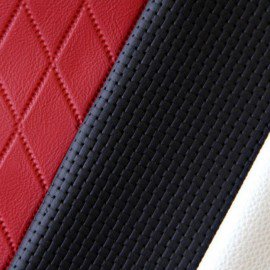
Ashley said that compared to Nappa, aniline leather is “very slightly pigmented,” which lets the surface grain show through. This can make the aniline product slightly less durable but softer to the touch for a more luxurious feel.
“Embossing is more there to enhance the grain,” said Ashley. This kind of leather can feature unique textures, from technical-looking finishes to exotic patterns to pebble grains. She noted that versions of these are often used in luxury cars to provide a unique look or feel.
Other Leathers
Of course there are other kinds of hides in the automotive world. Corrected leathers for instance are another step down the quality ladder. They receive a lot more attention than the varieties mentioned above. Ashley said that hides used in the production of these materials often have more natural flaws. To make them usable she said, “Typically you would buff the surface;” this addresses any scars or marks that are present.
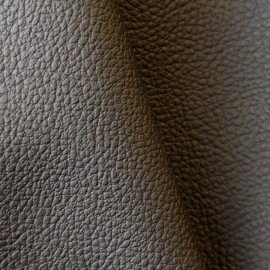
SEE ALSO: Which Continuously Variable Transmissions are Best?
Split leather is one of the lowest grades out there. GST-Seton AutoLeather does not manufacture any of this material, though “it is out in the automotive industry,” said Ashley.
As its name implies split leather is formed by slicing a single piece of leather down the middle to form two equally sized pieces, effectively doubling the yield of a single hide. Because it’s only half the thickness Ashley said it’s “typically a little more fragile than a full-grain leather.” Beyond this it generally needs heavy finishing work.
“Soft Corinthian Leather”
But perhaps more famous than all of these varieties is the “soft Corinthian leather” found in the Chrysler Cordoba coupe of the 1970s and ‘80s. The dulcet tones of actor Ricardo Montalbán made it sound so appealing in the famous TV commercial remembered for.
Believe it or not “Corinthian leather” was not just a fancy name. Ashely said it “was a term used for really high-end leather.” In fact she said “at the time [it was] the highest-quality leather in the industry,” and interestingly GST-Seton AutoLeather manufactured it for Chrysler.
Future Trends
Driving into the future, leather is poised to become more and more popular. Ashley said demand is increasing, though more is not necessarily better.
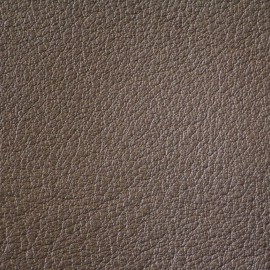
Indeed, she said, “[Leather’s] got visual appeal, tactile appeal, the smell as well … it implies luxury.” For these reasons and more it’s growing in popularity, though curiously in Asian markets customers often do not want leather to have any aroma at all.
Going forward Ashley said the fashion industry is having a major impact on the car business. “It’s not just black, beige and gray anymore, which is exciting for us as designers.” She also noted, “We’re definitely seeing customers want individualization, different colors or grains.”
Whether it’s an ultra-premium vegetable-tanned product or a more workaday full-grain material, leather is something car buyers crave. It adds a touch of luxury to even the most basic vehicles, which is a major reason for its enduring appeal.
Discus this story on our Luxury-Lifestyle Forum.







